
Lot 65
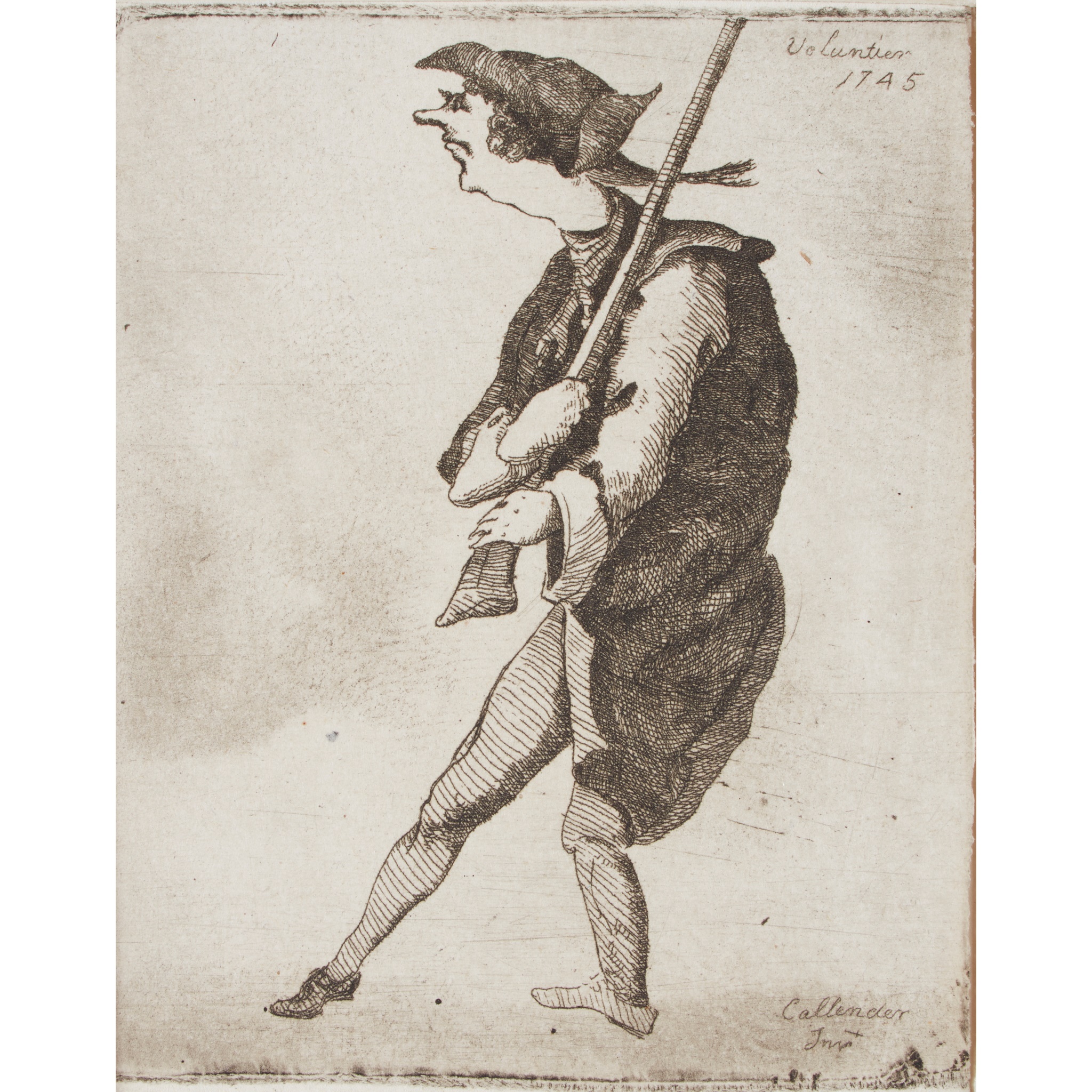
Clerk, John, of Eldin
[Collection of etchings]
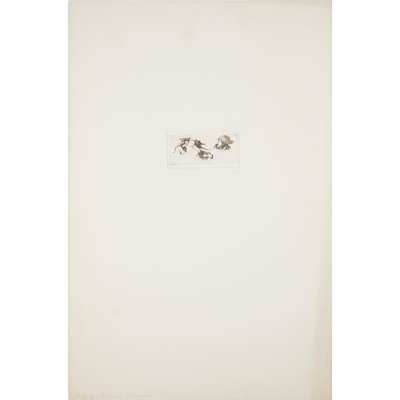
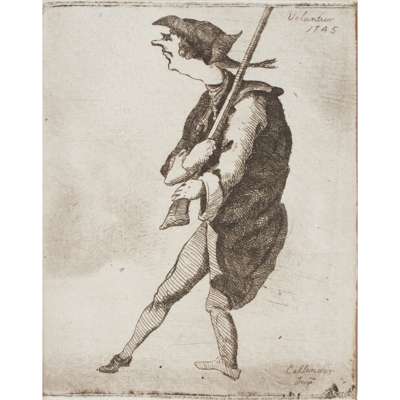


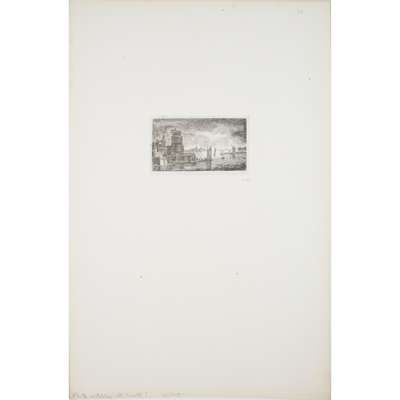
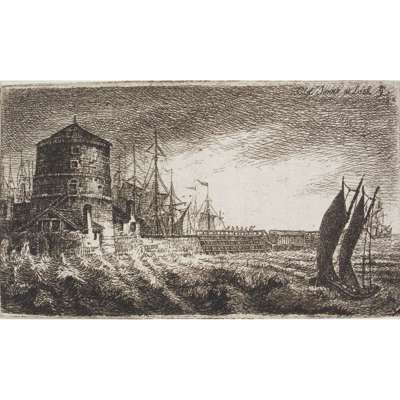

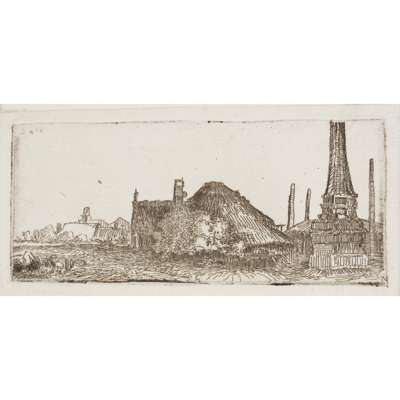
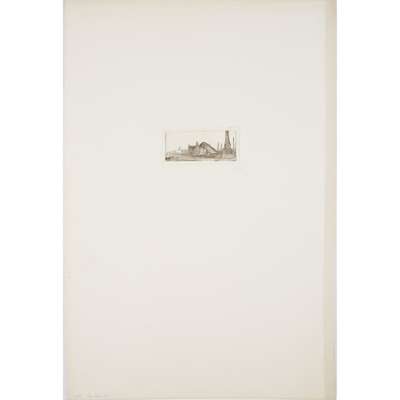
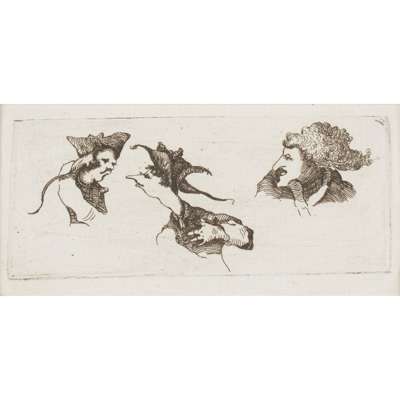


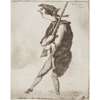
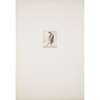
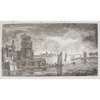
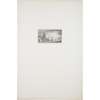
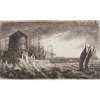

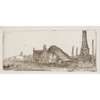
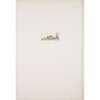
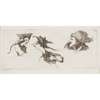
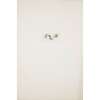
Rare Books, Manuscripts, Maps & Photographs
Auction: 21 September 2023 at 10:00 BST
Description
on laid or wove paper, apparently either proof impressions or impressions otherwise independent from either of the two Bannatyne Club editions (q.v.), all in card window-mounts, variable margins, many with pencilled captions in margin or on verso, plate number on which each etching appears in the 1855 edition of Clerk's etchings given in square brackets:
[Trees bordering road] [Unnumbered plate];
[After Weirotter] [Unnumbered plate];
[After Rembrandt] [Unnumbered plate];
[Studies of Heads] [Unnumbered plate];
[Volunteer 1745] [Unnumbered plate], trimmed to platemark along right edge;
Arthur's Seat from Lochend [2];
Tower at Leith [5];
Tower at Leith [5], with added grey wash;
Sherriff Hall [9];
Melville Milne [10];
Borthwick Castle [13], trimmed to platemark along left edge;
Borthwick Castle from the South-West [13], trimmed to platemark along all sides;
Crichton Castle [14];
Blackness Castle [15];
Ravensheuch [16];
Rossyth Castle [16], with added grey wash, trimmed to platemark along top edge, small chip to upper left corner;
Ibid., probably a later impression (plate worn);
Adam's Tower [18], printed in sanguine;
Clackmannan Tower [21], in a mount with Elen Stalker, with a Tree [34];
Dunstaffnage [34];
Trees and Church, Composition [38];
A River Scene, After Weirotter [38];
[Arthur's Seat and Salisbury Crags] [N/A], trimmed to edge of platemark;
[Roslin Castle] [N/A], 2 copies, apparently different states
Footnote
Note: 'A true child of the Enlightenment' (ODNB), John Clerk of Eldin (1728-1812) was a Scottish polymath remembered especially today for his Essay on Naval Tactics (1790). After his death a selection of 28 of his etchings of Scottish views were presented by his son to the Bannatyne Club of Edinburgh, who published them in book form in 1825. A few months after publication a large number of additional plates were discovered. In 1848 the Bannatyne Club purchased the entirety of the rediscovered plates 'and such impressions as had been printed' and in 1855 issued them in a greatly enlarged edition containing some 90 drawings in total. 'Clerk was an exceptional amateur artist. His wealthy background afforded him the luxury of entertaining numerous careers, including medicine and business, and he also showed a considerable interest in geology. In the 1740s he began sketching alongside his brother-in-law, Robert Adam, and the artist Paul Sandby. Clerk travelled extensively throughout Scotland, recording a wide range of landscapes and ancient buildings. His sketches of Edinburgh and the surrounding areas are highly personal representations of his native countryside' (National Galleries of Scotland, online).





















